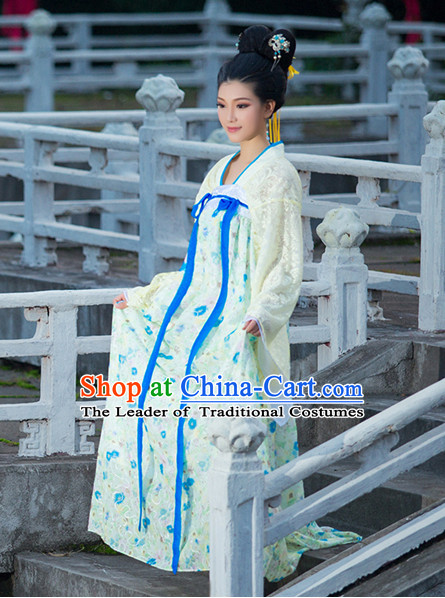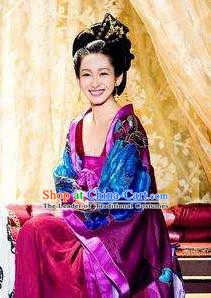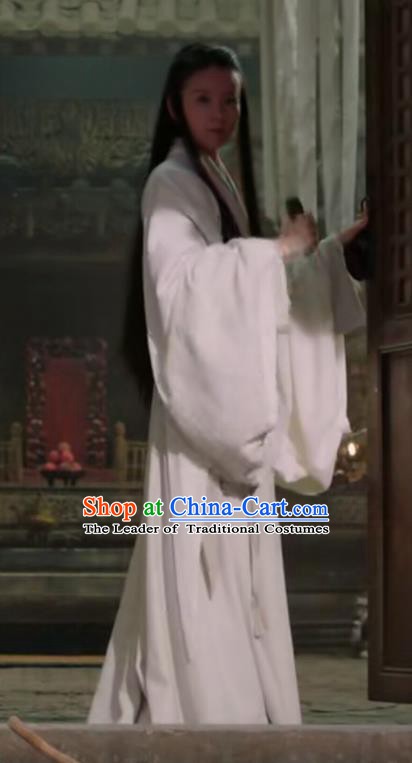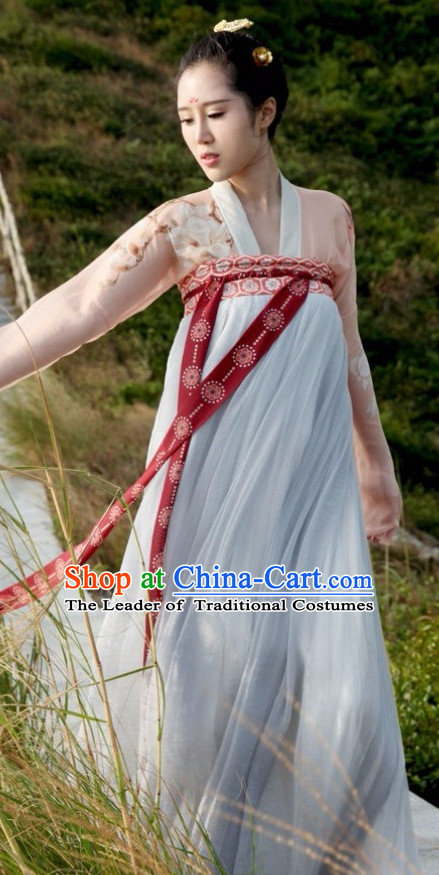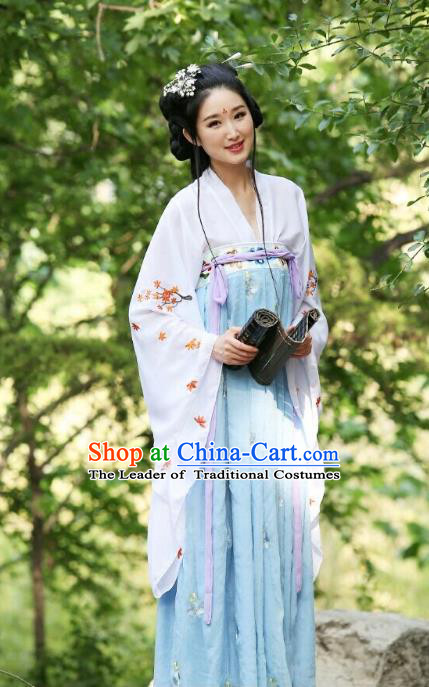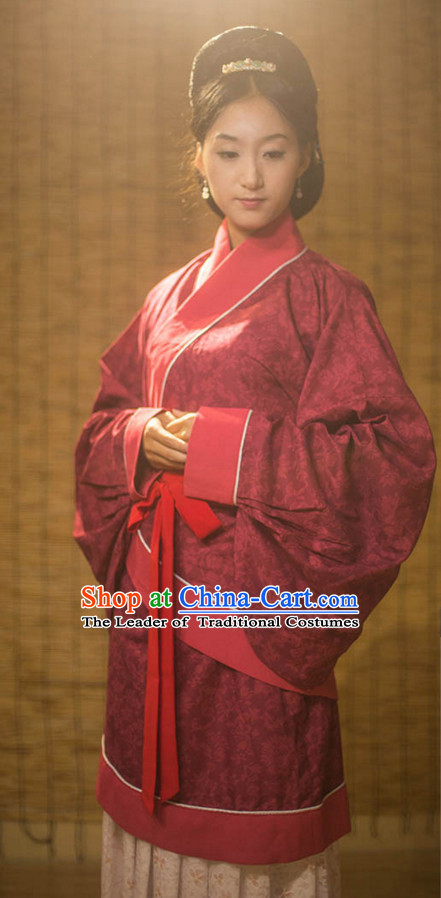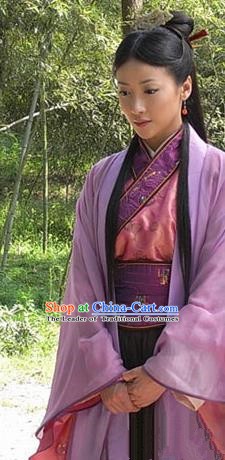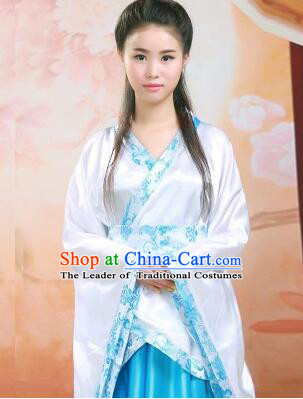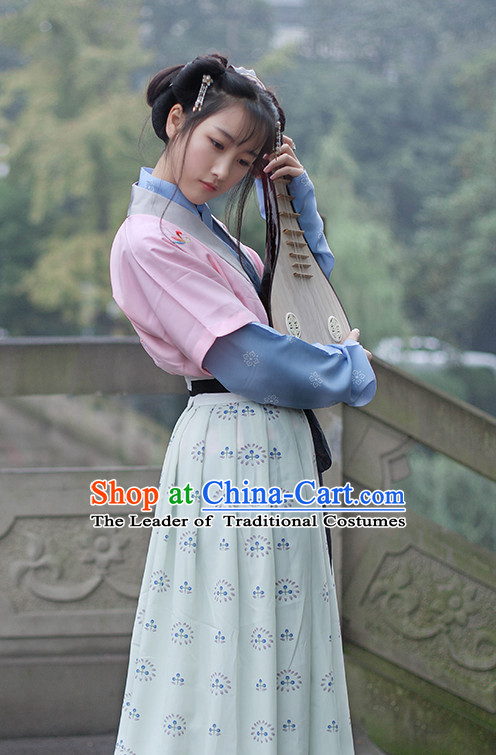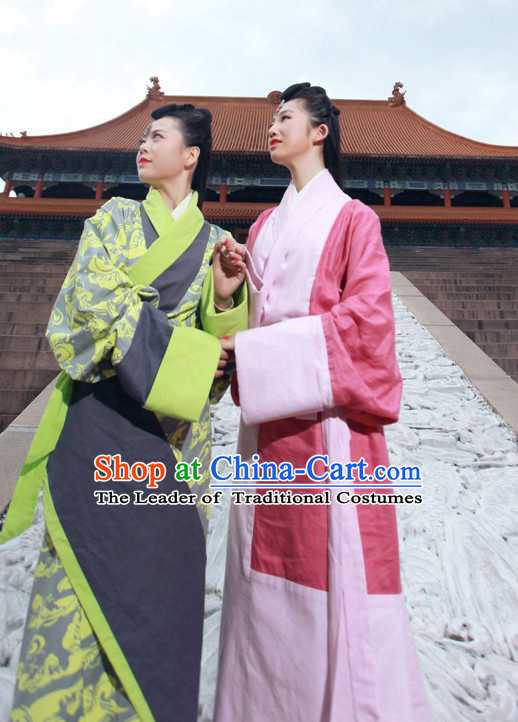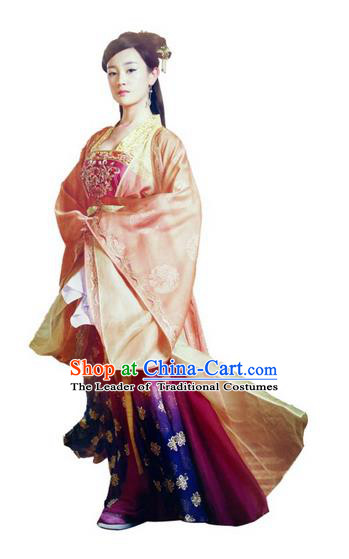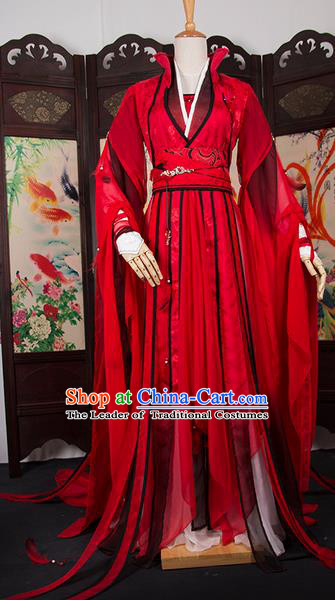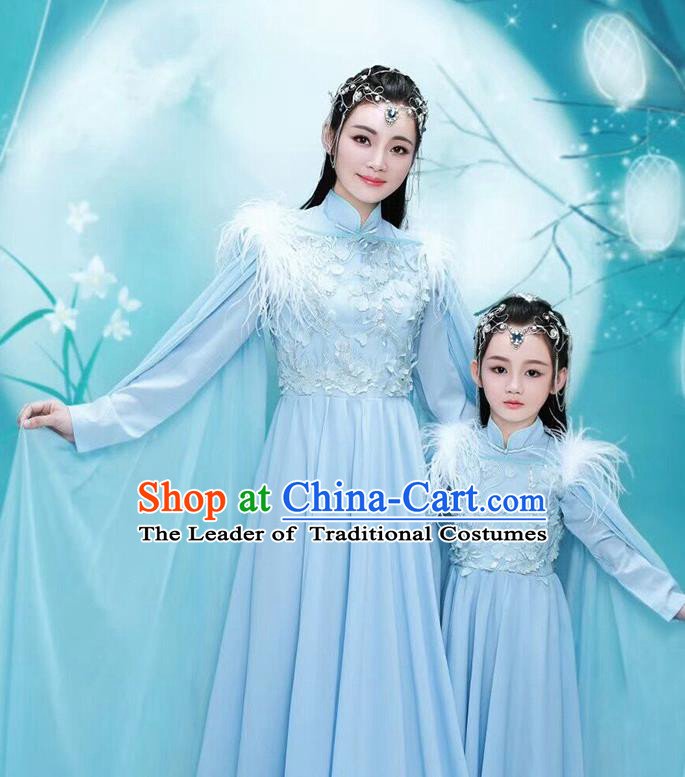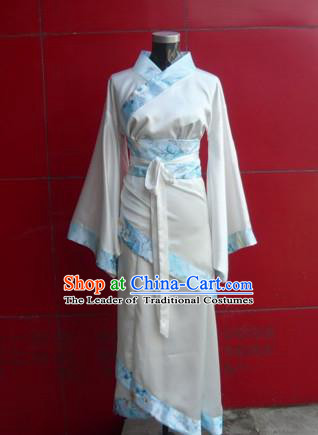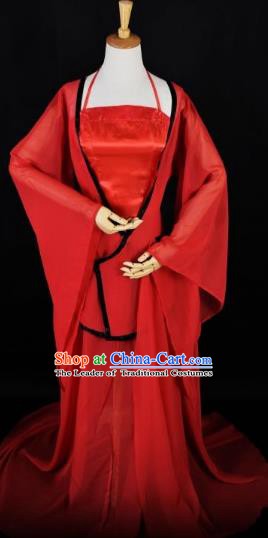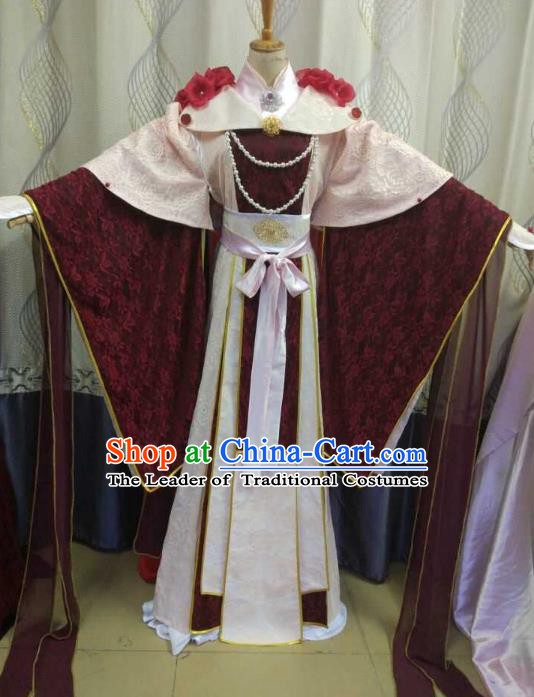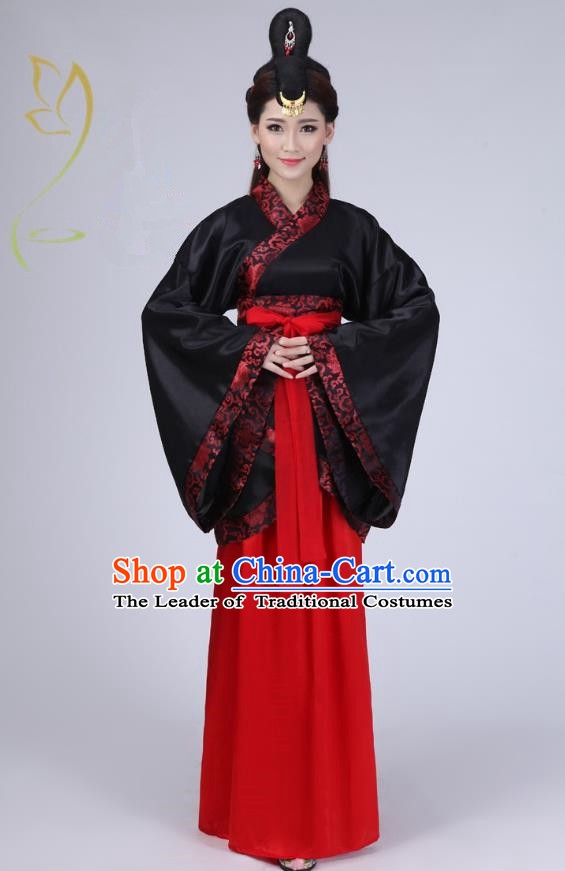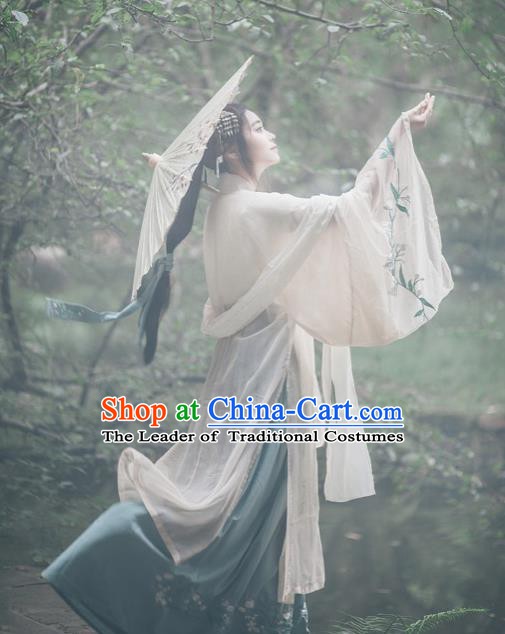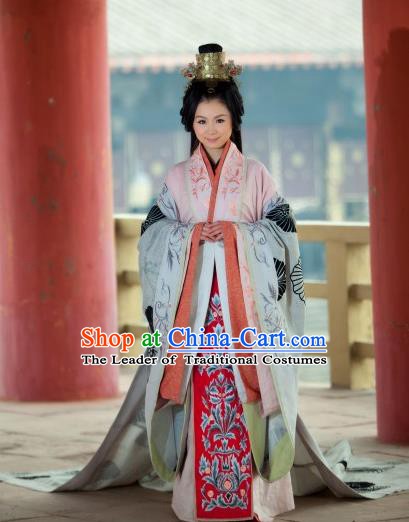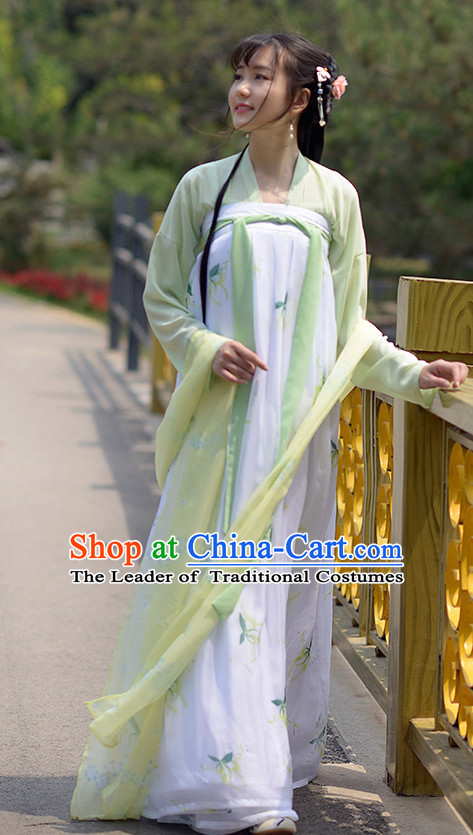
Click Related Pictures for More Audios:
Hanfu, also known as the traditional costume of the Han ethnic group, has a profound historical and cultural significance in ancient China.
It represents the glorious period of Chinese civilization and is an essential part of the country's traditional culture.
The design and craftsmanship of Hanfu are exquisite, integrating Eastern aesthetics and philosophical thoughts, showcasing the charm and wisdom of ancient Chinese culture.
Hanfu usually consists of an upper garment, skirt, and headgear.
The upper garment comes in various styles, such as cross collar, lapel collar, and round collar.
The skirt has different types, including long skirts, short skirts, and pleated skirts.
The headgear includes hair combs, hairpins, and hair bands, all made of materials like silk and gold/silver threads, featuring bright colors and decorative patterns.
Apart from its exquisite appearance, Hanfu also carries rich symbolic meanings.
For instance, red is one of the most common colors in Hanfu, representing joy and auspiciousness; blue symbolizes freshness and tranquility; green implies vitality and hope.
In addition, Hanfu often employs traditional techniques like embroidery and brocade weaving for decoration, enhancing its artistic value and reflecting the superb skills of ancient Chinese artisans.
In conclusion, as one of the representatives of ancient Chinese culture, Hanfu bears abundant historical and cultural significance.
It is not merely a costume but also a symbol of spiritual culture.
By appreciating and learning about Hanfu, we can better understand the developmental process of ancient Chinese civilization and feel the broad and profound essence of Chinese culture.























